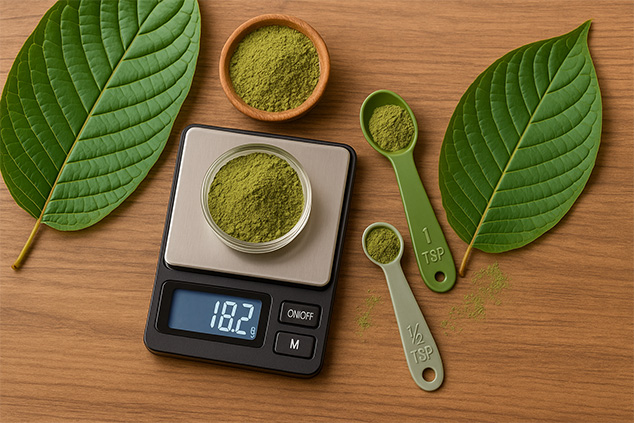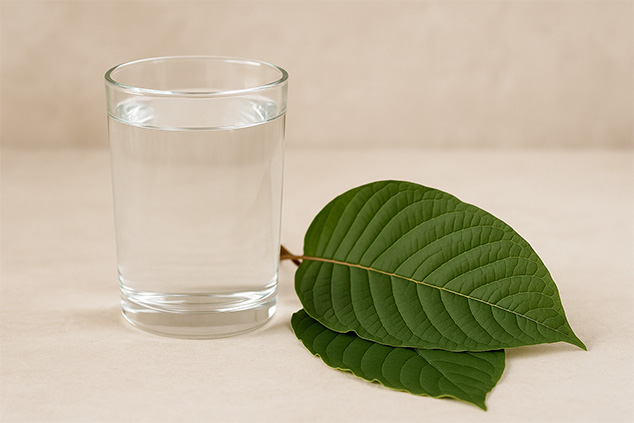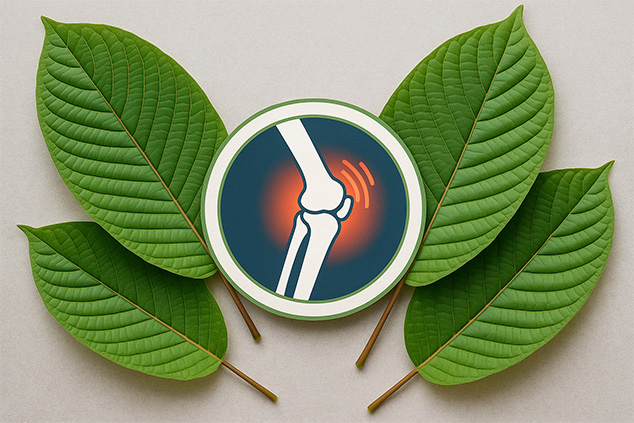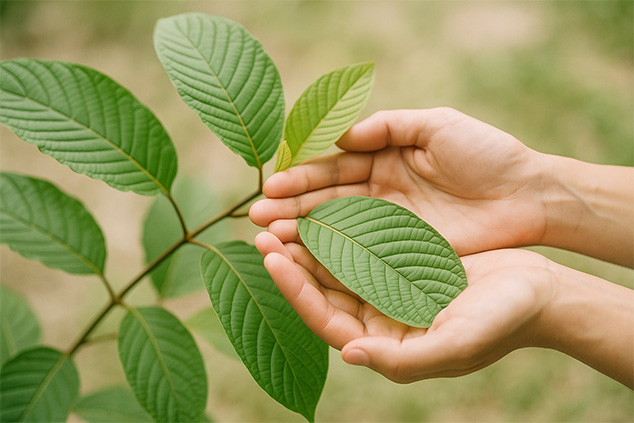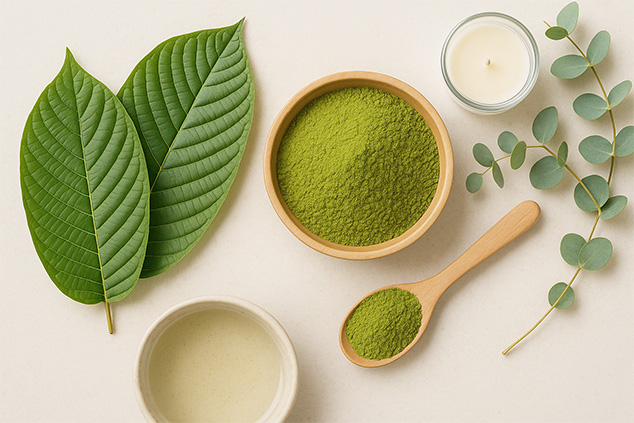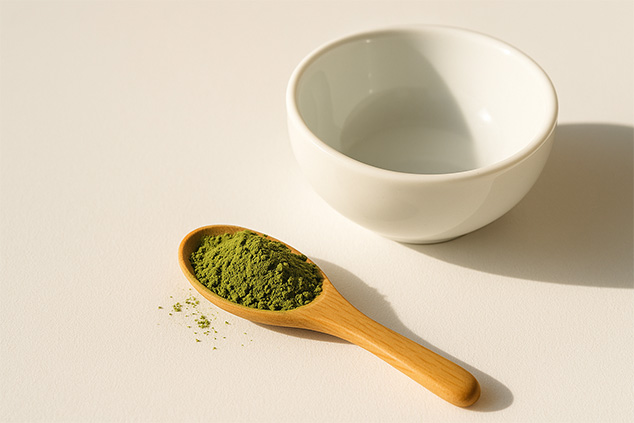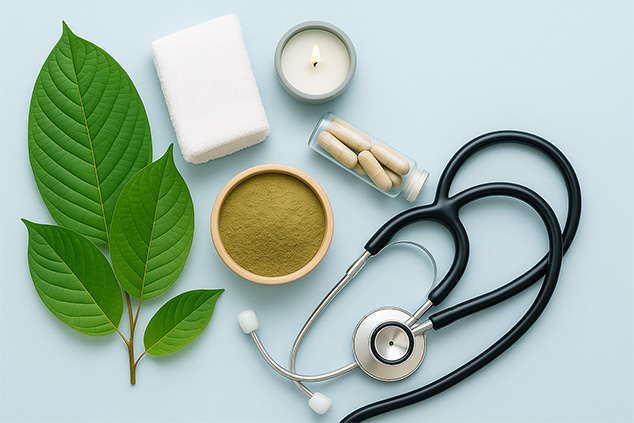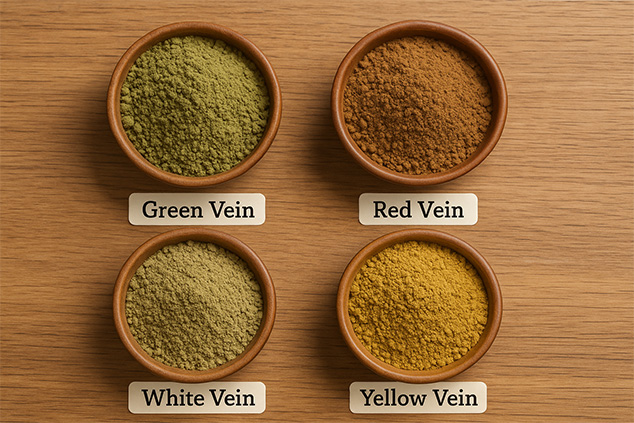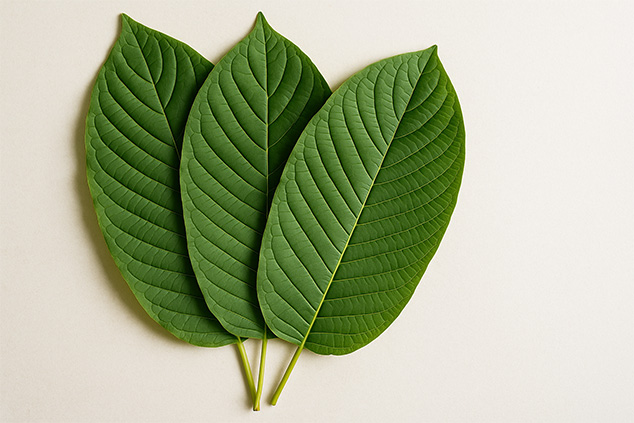The correct kratom dosage for your specific needs is important so that you get the most out of your kratom use.
With most herbal supplements, you are recommended a specific amount. When you take kratom, however, things are a bit more complicated.
This is because each vein type or even individual strain may require a different amount. Moreover, each individual user’s body may also respond differently. As a result, two users may need a different kratom dose for the same strain.
Because of these reasons, kratom dosage may seem a complicated subject to many users, especially those new to kratom. Most users go through trial and error when finding their ideal kratom dosage.
Yet, with a few things in mind, you can make your kratom journey much smoother.
Basic Kratom Dosage
When you take herbal supplements, usually a smaller dose yields weaker results. On the other hand, a larger dose normally means stronger results.
It doesn’t work the same with kratom.
When taken in smaller amounts, kratom normally has stimulating effects. In larger amounts, it relieves pain.
Users can experience euphoria regardless of the dose that they take.
So, the most basic guidelines for kratom dosage are the following:
- take 2-4 grams of kratom powder to achieve stimulating effects,
- to relieve pain and achieve relaxing and stimulating effects, take 4-6 grams,
- take 6-8 grams to relieve pain, relax, or have an easier time to go to sleep.
These kratom dosage guidelines can serve as a reference and can be a good place to start. Yet, there are several factors to consider before you measure and take your kratom dose.
These can vary from how experienced with kratom you are and how high your tolerance is to how fresh and strong the kratom that you’re taking is.
Kratom Dosage Tips
1. Always Start Small and Gradually Build Up Your Dose
Even if you are looking for pain-relieving results, we do not recommend starting off with a higher dose. You may end up taking a higher dose than what your body is ready for. This may result in you experiencing kratom side effects.
Instead, take things slowly when you first start off. Begin with a small dose such as 1-2 grams. Then, wait for 30-60 minutes and assess how you are feeling. If you have not achieved the desired effects, add another gram.
Repeat the process until you achieve the results that you want. Make sure to track how much you have added and what your ideal kratom dose is. This way you will know exactly how much you need to take next time.
3. Take Your Body’s Specific into Consideration
Not every body will respond to kratom in the same way. The dose that you will need will also depend on your height, weight, age, health, and diet.
For instance, people with lower body fat percentage such as athletes will generally require a lower dose. So, if that’s you, you may want to start with as little as 0.5 grams and gradually work up.
3. Leave Proper Intervals between Your Kratom Doses
It takes on average 24 hours for your body to flush kratom alkaloids. Because of that, we recommend that you take kratom at relatively the same time of the day.
This will ensure that your body does not create an alkaloid buildup which can result in kratom tolerance.
If you feel that you need to take kratom more frequently, you may want to look into rotating kratom strains. We discuss that below.
4. Rotate Strains
Rotating strains is exactly what it sounds like. Instead of taking the same strain every single day, you purchase a few different strains and take a different one every day.
This can help you keep your tolerance low because different strains will have slightly different alkaloid content and compositions.
Keep in mind though that the dose that you will need to take for each strain is likely to be different as well. So, we advise you to find your ideal kratom dose for each strain in the way that we described above.

Kratom Dosage Warnings
1. Watch Out for Developing Kratom Tolerance
If you are a more experienced kratom user, you may have started off with, for example, 4 grams. However, now, you need 8 to experience the same effects.
This certainly means that you have developed kratom tolerance. It’s not something that you want because that means that you will go through the same amount of powder in half of the time. As a result, you’ll need to spend twice as much as before and even more in the future if you do not lower your tolerance.
To avoid developing kratom tolerance, keep intervals between your kratom doses, rotate strains, and take days off. These will be days when you do not take any kratom at all.
If you have already developed tolerance, it’s best to take a break from kratom. Alternatively, you can also switch to a different kratom strain.
2. Don’t Treat Each Kratom Vein and Strain the Same Way
There are different kinds of kratom veins and strains. They have varying levels of alkaloid content and composition. As a result, each vein type and strain will require a different kratom dosage.
So, if you are rotating or switching strains, you will likely need a different dosage for each of them.
It may be a good idea for you to keep a log where you track exactly how much you need of each strain. This will not only ensure that you take the right dose but will also help you keep an eye on your tolerance levels.
What Happens If You Take the Wrong Dose?
You’ll find much information online of anti-kratom advocates claiming that kratom is a deadly drug. They often say that you risk your life by taking too much kratom.
In actuality, any natural substance can reach toxic levels. It’s been scientifically proven that you need an extremely high dose for kratom to become dangerous. And it’s unrealistic for a kratom user to consume such a high amount of it.
Yet, if you take a larger amount than you need you may experience side effects such as nausea and vomiting which can make your kratom experience rather unpleasant that day.
Are you a new kratom user or an experienced one? Which kratom dosage tip do you find the most useful? Are there any tips that you can add to our list?

